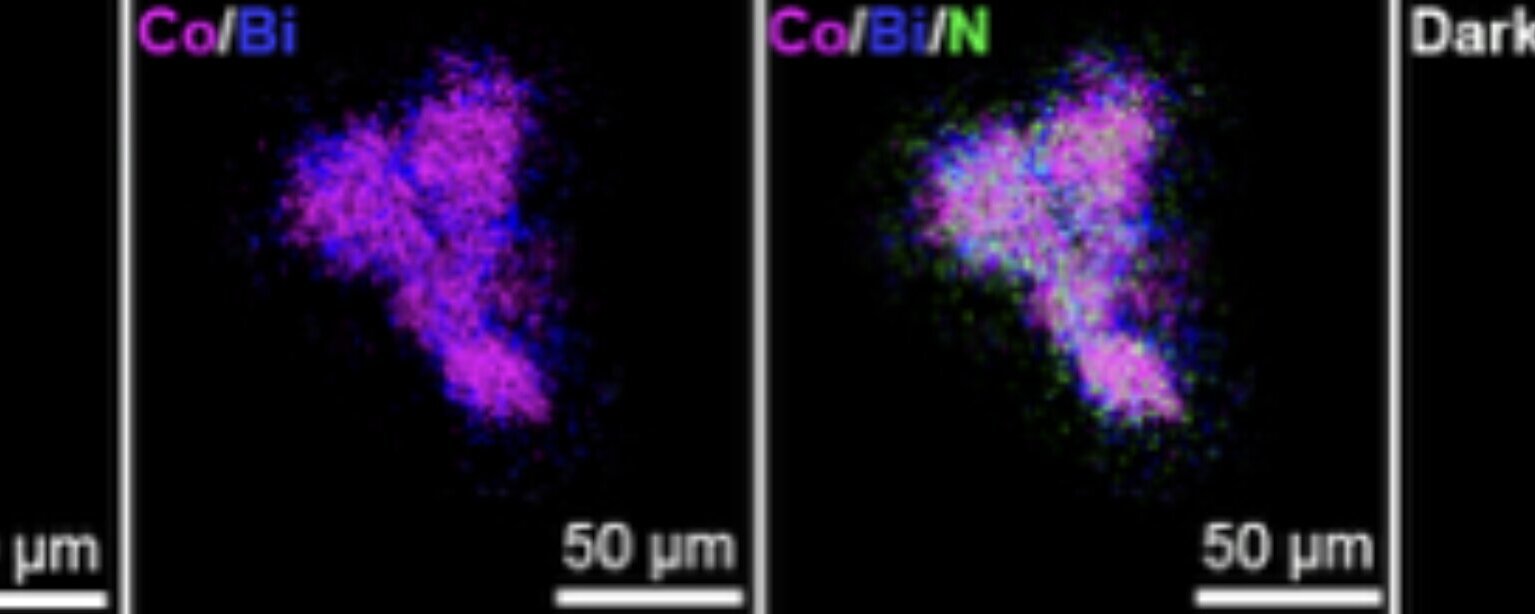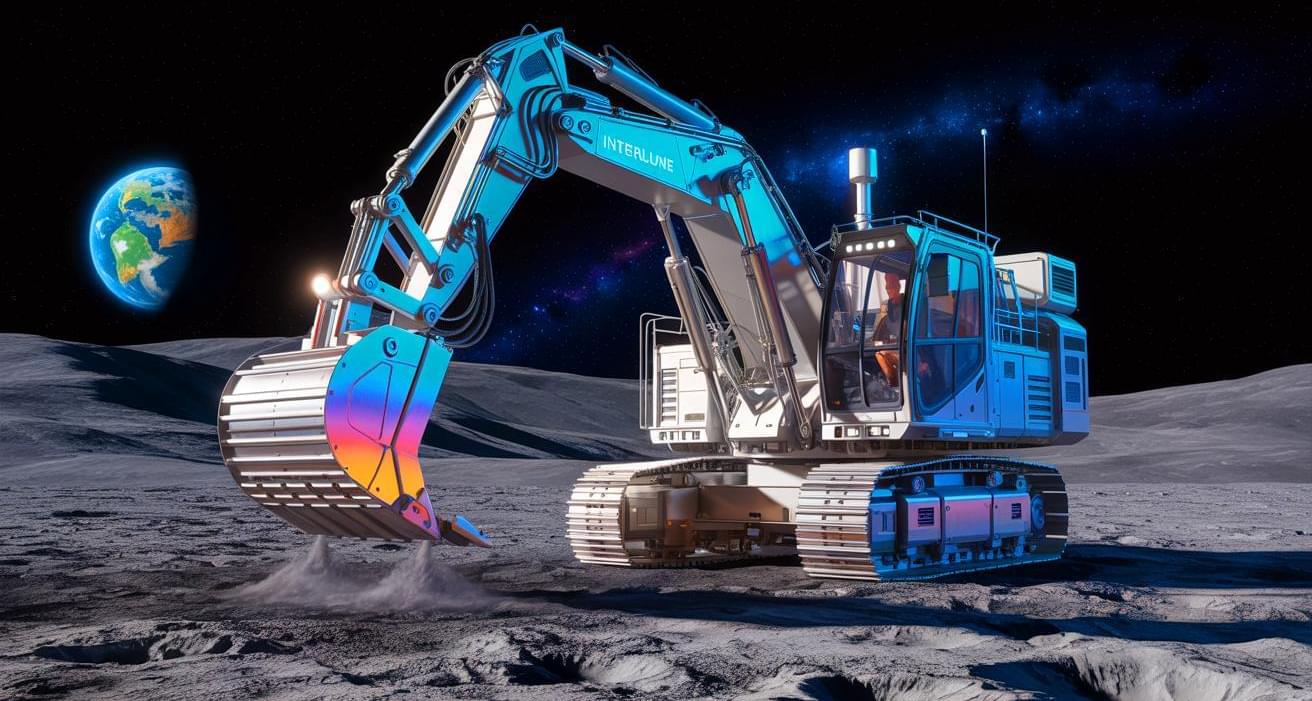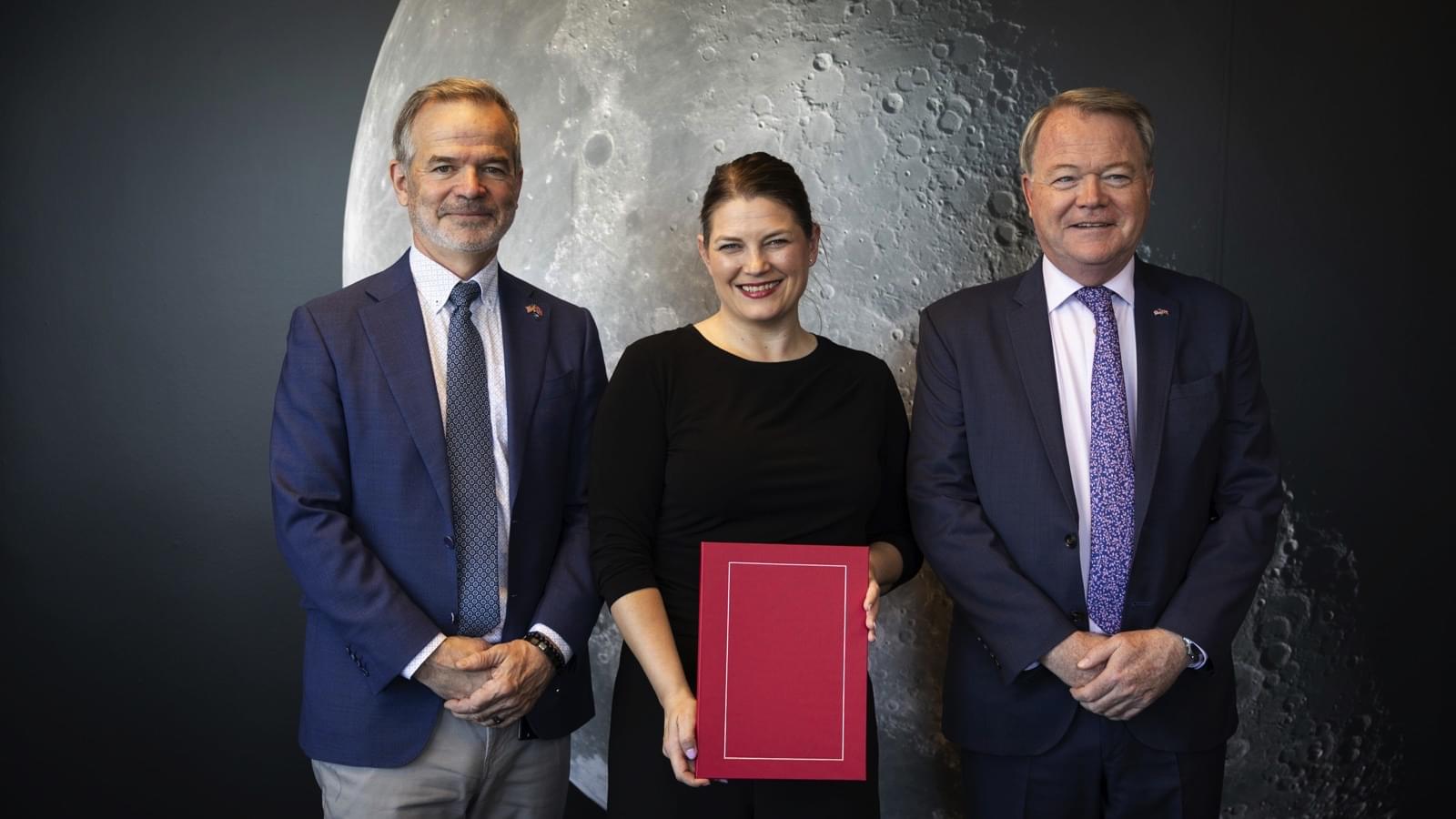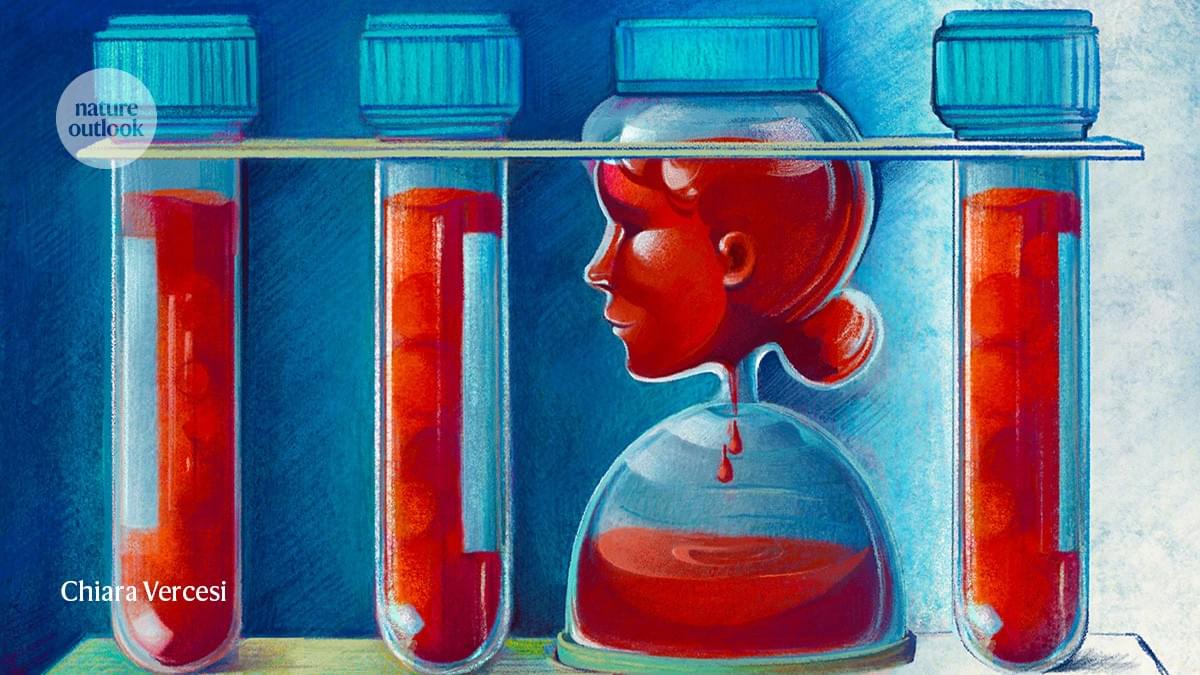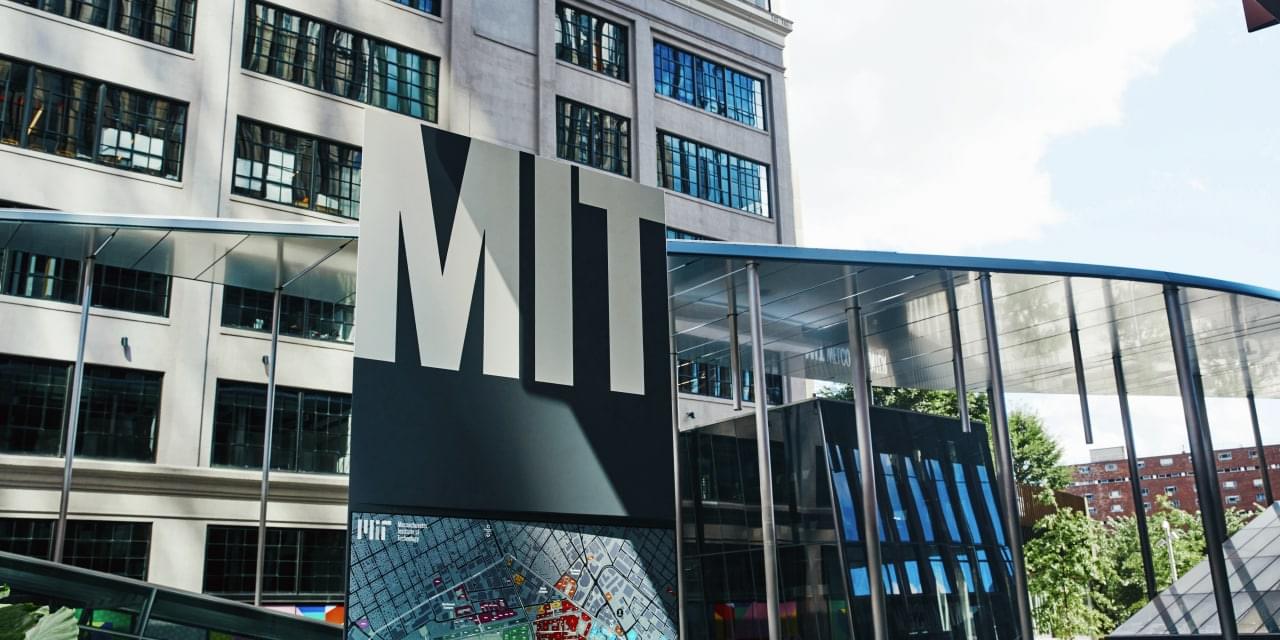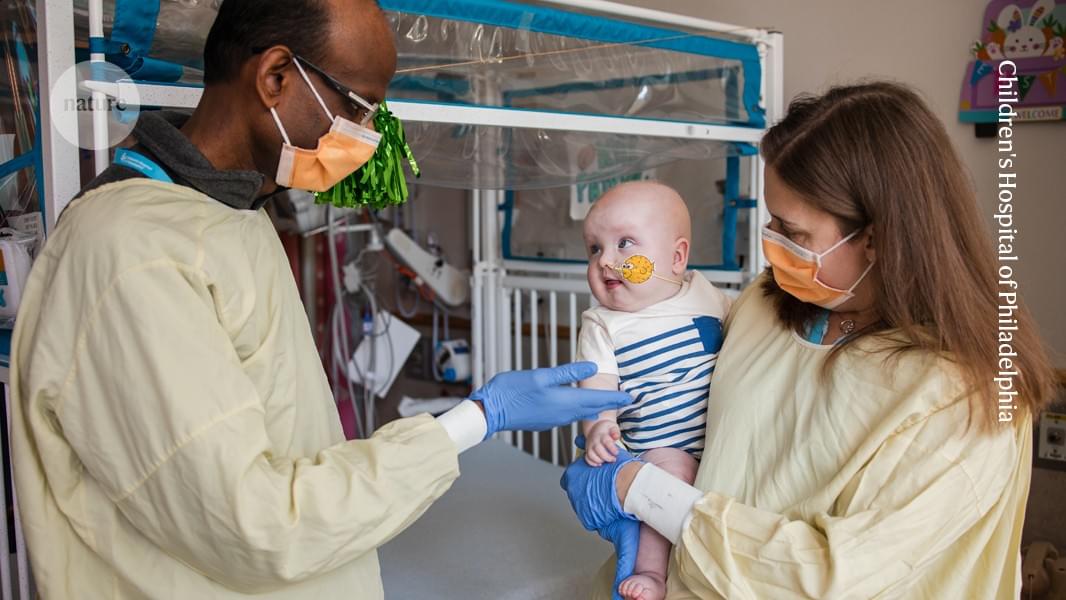Quantum scientists have cracked a longstanding problem by devising a method to speed up measurements without losing accuracy, a key hurdle for quantum technology. By cleverly adding extra qubits, they traded “space” for time, gathering more information faster without destabilizing the fragile qua
Join us on Patreon! https://www.patreon.com/MichaelLustgartenPhD
Discount Links/Affiliates:
Blood testing (where I get the majority of my labs): https://www.ultalabtests.com/partners/michaellustgarten.
At-Home Metabolomics: https://www.iollo.com?ref=michael-lustgarten.
Use Code: CONQUERAGING At Checkout.
Clearly Filtered Water Filter: https://get.aspr.app/SHoPY
Epigenetic, Telomere Testing: https://trudiagnostic.com/?irclickid=U-s3Ii2r7xyIU-LSYLyQdQ6…M0&irgwc=1
Use Code: CONQUERAGING
NAD+ Quantification: https://www.jinfiniti.com/intracellular-nad-test/
During a powerful solar storm on Mother’s Day, scientists discovered that a mysterious ionospheric phenomenon, sporadic E layers, became unusually active, especially during the storm’s recovery.
These thin, metal-rich patches appeared to ripple from the poles toward the equator, shedding new light on a region of Earth’s atmosphere that has long been overlooked.
Geomagnetic storm spurs ionized layers in ionosphere.
Nanoparticle-cell interface enables electromagnetic wireless programming of mammalian transgene expression
Posted in bioengineering, biotech/medical, life extension, nanotechnology | Leave a Comment on Nanoparticle-cell interface enables electromagnetic wireless programming of mammalian transgene expression
Recent technological advances are fueling the development of cutting-edge technologies that can monitor and control physiological processes with high precision. These include devices that could control the expression of genes within living organisms, without requiring invasive surgeries or procedures.
Researchers at ETH Zurich recently introduced a new method that enables the electromagnetic programming of the wireless expression regulation (EMPOWER) of transgenes in mammals, via the interfacing of nanoparticles and cells.
Their proposed approach, outlined in a paper published in Nature Nanotechnology, could help to treat chronic conditions, including diabetes, while also opening new possibilities for research in synthetic biology and regenerative medicine.
“Mining the Moon Begins”: US Firm’s Robot to Extract Rare Helium-3 and Launch Payloads Back to Earth for Futuristic Energy Use
Posted in nuclear energy, quantum physics, robotics/AI, space | Leave a Comment on “Mining the Moon Begins”: US Firm’s Robot to Extract Rare Helium-3 and Launch Payloads Back to Earth for Futuristic Energy Use
IN A NUTSHELL 🌕 Interlune, a Seattle-based startup, plans to extract helium-3 from the moon, aiming to revolutionize clean energy and quantum computing. 🚀 The company has developed a prototype excavator capable of digging up to ten feet into lunar soil, refining helium-3 directly on the moon for efficiency. 🔋 Helium-3 offers potential for nuclear
WASHINGTON — Virgin Galactic says production of its new suborbital spaceplanes remains on track to allow commercial flights to begin in the middle of next year as it contemplates restarting ticket sales.
The company spent much of a May 15 earnings call talking about the technical progress it has made in the assembly of its first Delta-class vehicles, or SpaceShips, in areas such as structures, propulsion and avionics.
“An enormous amount of work is taking place across our company as well as our key suppliers,” said Michael Colglazier, chief executive of Virgin Galactic, in the call. Earlier in the day, the company released a video highlighting current progress on the vehicle, and Colglazier said the company would start a regular series of updates on assembly in June.
WASHINGTON — Norway signed the Artemis Accords May 15, a sign that the new administration continues to advance the document outlining best practices for responsible space exploration.
Cecilie Myrseth, Norway’s minister for trade and industry, signed the Accords during an event at the headquarters of the Norwegian Space Agency in Oslo, attended by the head of the agency as well as the chargé d’affaires of the U.S. embassy there.
“This is an important step for enabling Norway to contribute to broader international cooperation to ensure the peaceful exploration and use of outer space,” Myrseth said in a statement.
Circulating biomarkers are quickly becoming a crucial part of diagnosis and disease monitoring for physicians, researchers — and even some consumers.
MIT didn’t name the student in its statement Friday, but it did name the paper. That paper, by Aidan Toner-Rodgers, was covered by The Wall Street Journal and other media outlets.
In a press release, MIT said it “has no confidence in the provenance, reliability or validity of the data and has no confidence in the veracity of the research contained in the paper.”
The university said the author of the paper is no longer at MIT.
Treatment seems to have been effective, but it is not clear whether such bespoke therapies can be widely applied.



